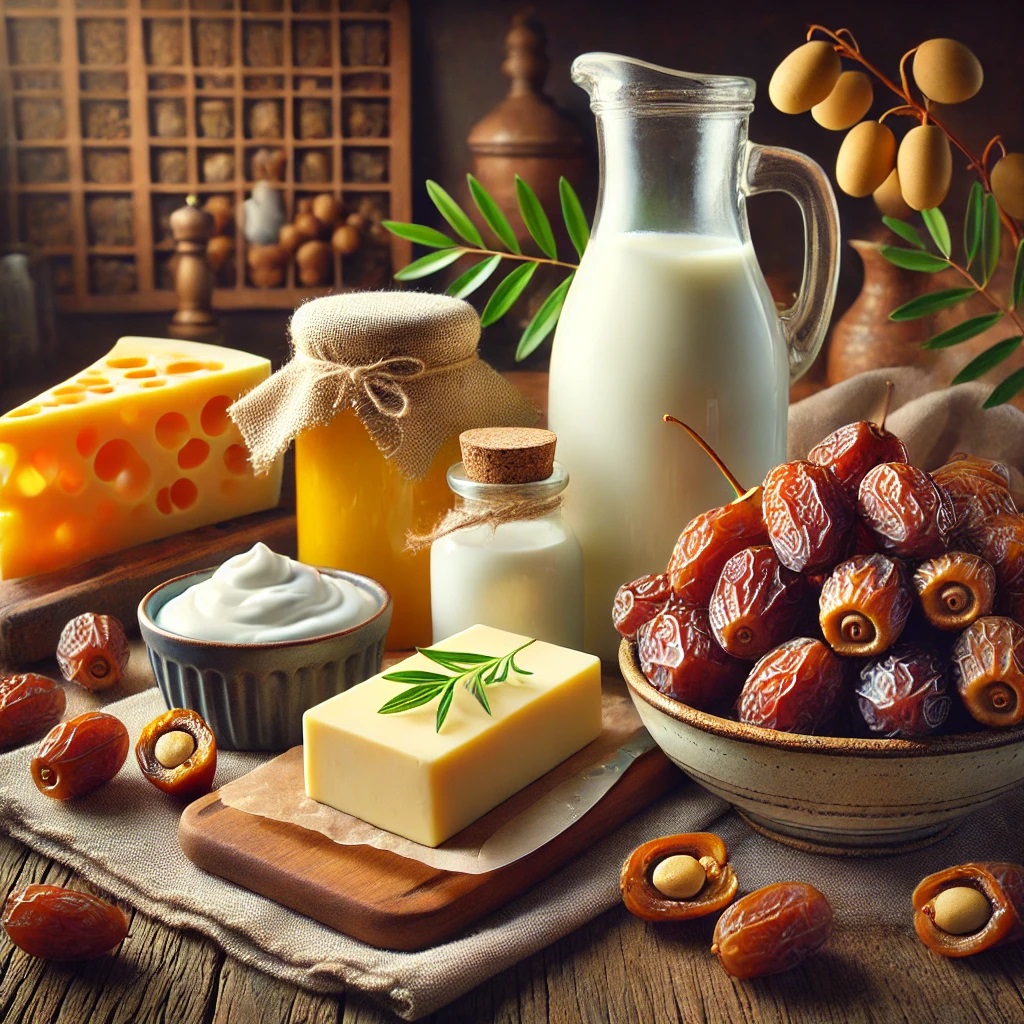
Trademark Registration of Dairy Products and Dates
Trademark Registration of Dairy Products and Dates in Class 29
Trademark Registration of Dairy Products and Dates
The Rising Popularity of Dairy Products and Dates
Dairy products and dates hold a significant place in global food markets due to their nutritional benefits and diverse applications. With increased competition, trademark registration under Class 29 has become essential to protect brand identity and market share.Overview of Class 29
Trademark Class 29 encompasses food products, including dairy products like milk, cheese, and butter, as well as dates, processed fruits, and other similar goods. Registering under this class secures legal rights to your brand, ensuring protection from imitation and misuse.Complete Process of Trademark Registration for Dairy Products and Dates
Step 1: Conduct a Name Search on the Trademark Public Search Portal
1. **Access the Trademark Public Search Portal**: Visit the government’s official trademark database. 2. **Input Search Criteria**: Search under Class 29 for similar trademarks using phonetic, keyword, or Vienna code searches. 3. **Analyze Results**: Ensure no identical or confusingly similar trademarks exist to avoid rejection or disputes.Step 2: Choose a Unique Brand Name
1. **Creative Naming**: Incorporate originality and uniqueness into your brand name. 2. **Avoid Generic Terms**: Generic names like "milk" or "dates" are non-distinctive; combine them with unique elements. 3. **Verify Availability**: Check if the name is available as a domain for online branding.Step 3: Prepare and Submit Your Application
1. **Provide Applicant Information**: Include details like name, address, and business type. 2. **Details of the Trademark**: Mention the class, description of goods, and whether it's a wordmark, logo, or composite mark. 3. **Submit Required Documents**: Upload identity proof, business registration documents, and a clear digital image of the trademark.Step 4: Pay Fees and File the Application
File the application online or offline through the regional trademark office. Fee structures vary depending on the entity type (individual, startup, or company).Step 5: Examination Process
The Trademark Office reviews the application for compliance and checks for conflicting marks. If objections are raised, a formal reply is required.Step 6: Publication in the Trademark Journal
Approved applications are published in the Trademark Journal. A 90-day period allows third parties to raise oppositions.Step 7: Receive Your Trademark Certificate
If no opposition arises or if it is resolved in your favor, the trademark is officially registered, and a certificate is issued.Challenges and Rising Conflicts in the Dairy Products and Dates Industry
Competition Among Brands
The increasing number of brands in the dairy and date markets has heightened competition for unique trademarks.Generic Nature of Product Names
Terms like "milk" or "dates" are generic and lack distinctiveness, making them harder to trademark.Imitation and Counterfeits
Counterfeit products and similar branding dilute original trademarks, leading to disputes.Jurisdictional Differences
Global brands face challenges in maintaining trademark rights across various jurisdictions.10 Ways to Avoid Challenges and Conflicts with Other Marks in Class 29
1. Comprehensive Search: Conduct a detailed search for similar trademarks in Class 29 before filing.
2. Use Creative Brand Names: Combine descriptive words with unique identifiers.
3. Trademark Logos and Packaging: Register a logo or distinctive packaging design alongside the name.
4. Avoid Similar Slogans: Ensure taglines do not infringe on existing trademarks.
5. Monitor Competitors: Keep track of trademark applications filed by competitors.
6. International Trademark Registration: Use the Madrid Protocol to register trademarks globally.
7. Engage Legal Experts: Seek advice from trademark attorneys for a robust application.
8. Use Geographical Indicators: Include region-specific terms for added distinctiveness.
9. Trademark Variations: Register multiple variations of your brand name for added protection.
10. Conduct Regular Audits: Periodically review your trademark portfolio to ensure ongoing compliance.
How to Mitigate Rising Conflicts in the Dairy Products and Dates Industry
Establish Legal Protections
Ensure trademarks are registered in all target markets to reduce conflicts.Invest in Licensing and Partnerships
Collaborate with smaller players to avoid disputes and foster industry-wide harmony.Engage in Alternative Dispute Resolution
Use mediation or arbitration to resolve conflicts efficiently without lengthy legal battles.Promote Customer Awareness
Educate consumers about authentic brands to counteract the impact of counterfeits.Proactively Enforce Trademark Rights
Monitor for misuse of your trademarks and take swift legal action where necessary.Examples of Leading Brands and Registered Trademarks
Examples of Dairy Product Brands
1. **Amul Butter** 2. **Nestlé Milk** 3. **Anchor Cheese** 4. **Mother Dairy** 5. **Danone Yogurt**Examples of Date Brands
1. **Bateel Dates** 2. **Al Foah Dates** 3. **California Medjool Dates** 4. **Barhi Dates** 5. **Al Ain Dates**Conclusion
Protecting Your Brand Identity
Trademark registration for dairy products and dates in Class 29 is critical for safeguarding your brand in a competitive market. By following the outlined process and adopting proactive strategies, businesses can minimize conflicts and secure long-term brand value.Building a Strong Future for Your Brand
Focusing on innovation, legal compliance, and customer education can help your brand thrive in the ever-growing dairy and date industries.
